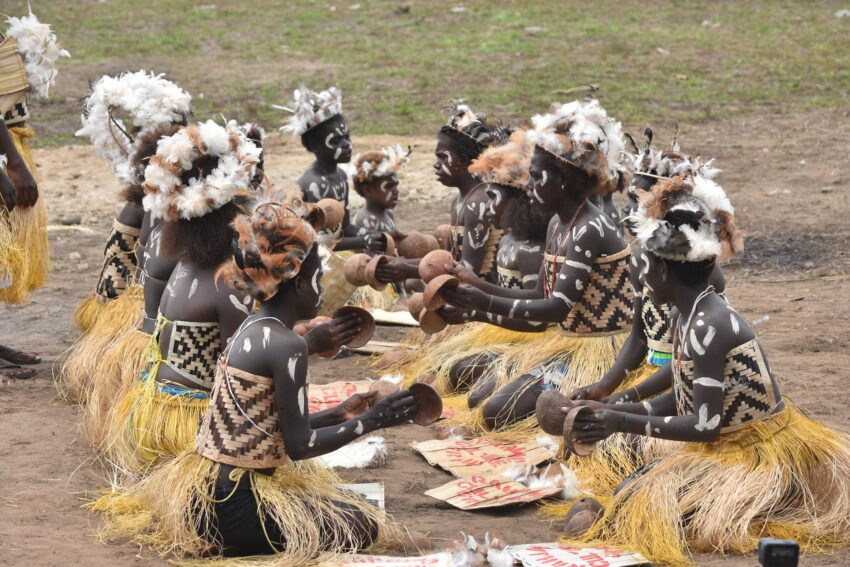Psychedelics have served as a conduit for human exploration for centuries, from enhancing spiritual practices to inspiring creativity in art. An exploration of their history and cultural influence reveals a rich tapestry of indigenous rituals, counterculture movements, and profound shifts in human consciousness. Let’s delve into the world of psychedelic culture and its role in our collective history and present.
The historical use of psychedelics can be traced back thousands of years, with numerous societies and faith systems incorporating these substances in their practices. Ancient Greek cults consumed Kykeon, a brew possibly containing entheogenic substances, during their Eleusinian Mysteries. Meanwhile, in the Amazon Basin, shamanic traditions of consuming Ayahuasca, a psychedelic brew, have continued till this very day (source).
Psychedelics were not simply recreational drugs but profound tools for personal and societal transformation. Indigenous rituals often revolved around these substances, catalyzing deep transformative experiences. Shamans and spiritual leaders used these substances to commune with the spirit world, healing both physical and emotional ailments. A study in the Journal of Psychoactive Drugs charts the historical spread and cultural impact of Ayahuasca, tracking its emergence from the Amazon into the global consciousness source.
The 1960s witnessed the advent of a new chapter for psychedelics, specifically in Western cultures, with the emergence of the counterculture movement. Figures like Timothy Leary and Aldous Huxley championed the usage of psychedelics as tools for psychological and spiritual exploration. They believed these substances held the potential for opening up new dimensions of consciousness, encouraging a cultural revolution against dominant societal norms. The availability of psychedelics during this era led to their profound influence on music, literature, and most noticeably, psychedelic art – a vibrant, surreal style that attempted to mirror the unique experiences in psychedelic trips.
But, with the increasing popularity and controversial usage of psychedelics, legal restrictions soon followed. In 1970, substances like LSD and psilocybin were categorized as Schedule I drugs under the Controlled Substances Act in the United States, marking them as having high abuse potential and no accepted medical use source. This not only limited recreational usage but significantly hampered research efforts. Years of potential insight into the therapeutic benefits of these substances were lost due to stringent regulations.
Despite the challenges, recent years have seen a resurgence in the interest and research on psychedelics, especially concerning their therapeutic benefits. Prestigious institutions like Johns Hopkins University are now conducting studies to explore the potential of psychedelics in treating a range of conditions from PTSD to anxiety and depression source.
In summary, the journey of psychedelics throughout history is deeply intertwined with our socio-cultural evolution. From hallowed spiritual practices of indigenous tribes to catalyzing a cultural shift during the counterculture movement of the ’60s – these substances have shaped and been shaped by societal attitudes, beliefs, and regulations. Today, as we cautiously circle back to these mystical substances with a newly found sense of respect, one can only wonder what new cultural narratives and revolutions may unfold in the era of psychedelic renaissance.
In appreciating the cultural diversity and rich history surrounding psychedelics, we gain nuanced perspectives on their potential for personal and societal growth. The continued study and gradual societal acceptance of these substances holds promise for a future where entheogenic practices are understood, respected, and potentially integrated into mainstream society for their therapeutic potential. Our collective relationship with psychedelics stands as a testament to our unending quest for self-exploration, understanding, and connection with the world around us.
